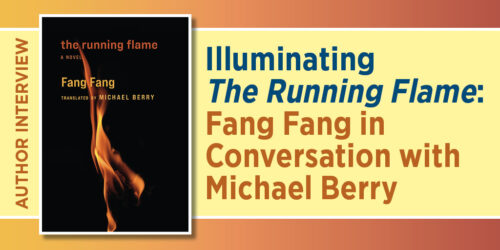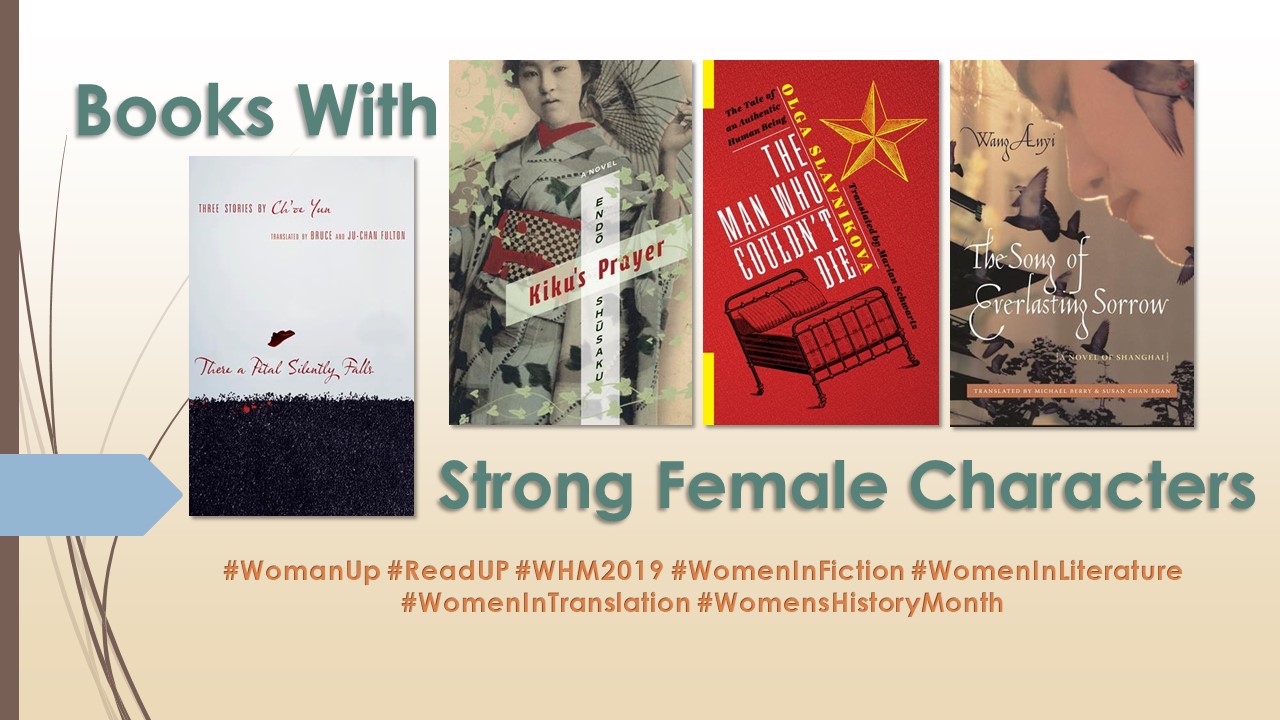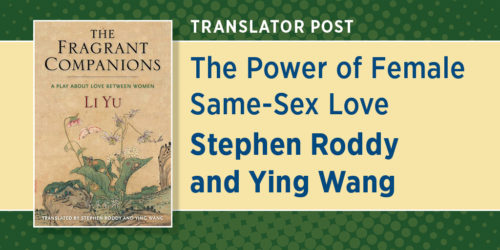Gender Bending and Homosexuality in an Eighteenth-Century Chinese Novel
By Susan Chan Egan

What does one make of a male adolescent who
- is sometimes mistaken for a girl;
- fancies himself a calligrapher and aesthete;
- has excessive sympathy for all things pretty that extends even to fallen flower petals;
- indulges in affectionate sex play with his maidservants as well as his male friends; and
- has as a best friend an actor who trained to play female roles but, after escaping the clutches of an amorous prince, forms his own theatrical troupe and returns to the stage to perform as a leading man?
Such is the protagonist of The Story of the Stone (also known as Dream of the Red Chamber), a novel so popular among Chinese readers that it boasts two theme parks—in Beijing and in Shanghai—and has thus far been adapted into films more than a dozen times. The novel is not only a literary masterpiece but also an oft-cited trove of eighteenth-century social, religious, and political practices, as well as an extended reflection on the nature of subjective reality. Although many modern-day readers love the novel for its wistful portrayal of lost splendor, Mao Zedong, who claimed to have read it five times, was convinced it is, in fact, a tale of class struggle. He chided scholars for their lack of Marxist perspective in their interpretation of the book. Thanks to Mao’s endorsement, the novel was one of the few literary pleasures people in China were allowed to enjoy during the decade-long Cultural Revolution. Yet the book is little known in the West outside the relatively insular field of Chinese studies, not least because Western readers have had difficulty relating to its protagonist.
The novel is not only a literary masterpiece but also an oft-cited trove of eighteenth-century social, religious, and political practices, as well as an extended reflection on the nature of subjective reality.
To be sure, the romantic hero of pre-modern Chinese stories was never a muscular he-man. He was apt to be articulate and refined, wooing his lady love with poetry. Because marriages were arranged and respectable women were excluded from nearly all social gatherings, intimate bonds were common among male friends. Some men became drawn to actors trained to perform female roles, on and offstage. Yet homosexuality, though widespread in some social circles, was frowned upon; it was viewed as a waste of a man’s time and energy, which would have been better spent producing sons for the family. As for maidservants, who were bought and sold in eighteenth-century China, the best possible life trajectory to which they could aspire was to be sexually favored by a man in the family they served and subsequently promoted to concubinage.
The first decent English translation of the The Story of the Stone, by David Hawkes and John Minford, was published in five volumes between 1973 and 1986—probably too late for it to be routinely included in the “canon of world literature.” The fact that the book is not an easy read and that some of the characters are queer have not helped its cause. “A long-haired young man who dresses in medallioned Japanese silk damask and wears a gold coronet, who has servants clothe and bathe him, and who likes to play with women’s cosmetics and help women with their makeup—can he be a proper hero? For many of today’s student readers, especially males and not just American ones, Bao-yu is a hard sell.” Thus laments Charlotte Furth, professor emeritus of the University of Southern California, in her essay “Five Questions for a New Reader of The Story of the Stone.”[1]
Yet homosexuality, though widespread in some social circles, was frowned upon; it was viewed as a waste of a man’s time and energy, which would have been better spent producing sons for the family.
Clearly, our notions of sexuality are not set in stone. Along with our mother’s milk, we grow up imbibing our parents’ habits of mind—a mixture of biological instincts, received wisdom, clear reasoning, blind prejudices, sudden insights, and who knows what else. It is easy to forget that, in large swaths of America, homosexuality was not decriminalized until some twenty years ago. As our concept of normality evolves to encompass a broader range of human behavior, we are less likely to react to Bao-yu’s peculiarities with the kind of scorn that his father reserves for him, and more likely to accept them—perhaps with bemusement, as his grandmother does. Our current ambivalence over obsession with academic success—an obsession against which Bao-yu rebels—may also make him more relatable to present-day readers.
With the arrival of a chapter-by-chapter guide from Columbia University Press—designed specifically to help English-language readers leap over the cultural gap, sort out the novel’s hundreds of characters, and follow its complicated storyline—now may be the time to take another look at this masterpiece.
Susan Chan Egan is an independent scholar and coauthor of A Companion to The Story of the Stone: A Chapter-by-Chapter Guide.
[1] See Charlotte Furth, “Five Questions for a New Reader of The Story of the Stone: A Historian’s Primer for Volume 1,” in Approaches to Teaching The Story of the Stone (Dream of the Red Chamber), eds. Andrew Schonebaum and Tina Lu (Modern Language Association of America, 2012).
Categories:Asian LiteratureAsian StudiesAssociation for Asian StudiesAuthor-Editor Post/Op-EdGender StudiesLGBTQIA studiesLiterary StudiesNational Translation MonthPride MonthTranslation
Tags:A Companion to The Story of the StoneChinese LiteratureLGBTQIA LiteratureNTM2021NTM2021: Week 1Susan Chan Egan








